From international experience
Among developed countries in the railway industry, China has achieved success thanks to five main factors: abundant human resources, large capital resources, rapid land clearance, rapid technology learning and phased implementation of plans. In particular, focusing on technology learning is an important experience that many countries should refer to.
 |
| China is one of the prominent countries in Asia developing high-speed rail industry. Photo: Xinhua |
Since 2004, China has been cooperating with international companies such as Kawasaki (Japan), Bombardier (Canada), Siemens (Germany) and Alstom (France). These enterprises enter into joint ventures with Chinese partners and are required to transfer technology. As a result, Chinese engineers quickly master production, maintenance and operation technology.
The localization rate increased from 30% to 70% in 2009 and is now around 90%. China has exported high-speed rail technology to many countries such as Indonesia, Thailand, Ethiopia. In addition, China has implemented a policy of exempting land tax and import tax on locomotives and wagons in the initial stage to support the development of the railway industry.
Meanwhile, Korea develops the railway industry in parallel with the construction of transport infrastructure, including planning, research, design, infrastructure upgrading and training of highly qualified human resources.
In 2000, South Korea established the Railway Research Institute in 1996 to support technology development. At the same time, the country sent engineers to France to study TGV technology, creating a premise for receiving and mastering the technology.
The Korean government invested heavily in the early stages, helping the country achieve technological independence and sustainable development of the railway industry.
Japan is a pioneer in high-speed rail technology with its Shinkansen system. This system uses a standard 1,435mm gauge, ATC signaling system and 25kV AC power source to increase operating efficiency.
Japan has exported its rail technology to many countries, including China and Taiwan (China). However, the country has had difficulty expanding its market due to competition from France's TGV and Germany's ICE.
Countries such as Poland and Malaysia have used international tenders to develop their domestic railway industries. Malaysia has tendered 58 metro trains with the condition of local assembly to increase localisation.
In 2012, a consortium of Siemens Malaysia, Siemens AG and SMH Rail won the contract worth 1.365 billion ringgit (~344 million EUR). The car bodies were manufactured by CSR Puzhen (China), but assembly and testing took place in Malaysia. The first two trains were put into operation in December 2014 and the entire project was completed in December 2016.
In Europe, Germany has an advanced railway industry with comprehensive production and maintenance capabilities. Germany not only exports technology but also provides maintenance and technology transfer services. For example, in the high-speed railway project in Egypt, Siemens supplied equipment and vehicles and undertook operation and maintenance for 15 years before transferring it to Egypt.
What should Vietnam do?
From international experiences in developing the railway industry, within the framework of the workshop "Developing supporting industries for Vietnam's mechanical engineering industry associated with domestic automobile production and railway system development", sharing with Cong Thuong Newspaper, Mr. Bui The Thanh, Head of the Department of Transportation - Science and Technology, Vietnam Railways Administration - Ministry of Construction said that countries that developed railways later all followed the model of gradually increasing the localization rate of the railway industry such as China, Spain, Poland...
“ The most important step is to form joint ventures with partners who are large corporations capable of integrating the entire system (Integrators) such as Kawasaki (Japan), Siemens (Germany), Alstom (France), Bombadier (Canada),... ”, Mr. Bui The Thanh commented.
At the same time, countries have strategies from purchasing, receiving technology, exploiting the entire railway system so that domestic human resources and enterprises can gradually master the capacity to design and integrate systems; assemble and produce trains; produce hardware equipment, software for train dispatching, signal information, electricity, etc., then gradually convert them into domestic technology, typically China.
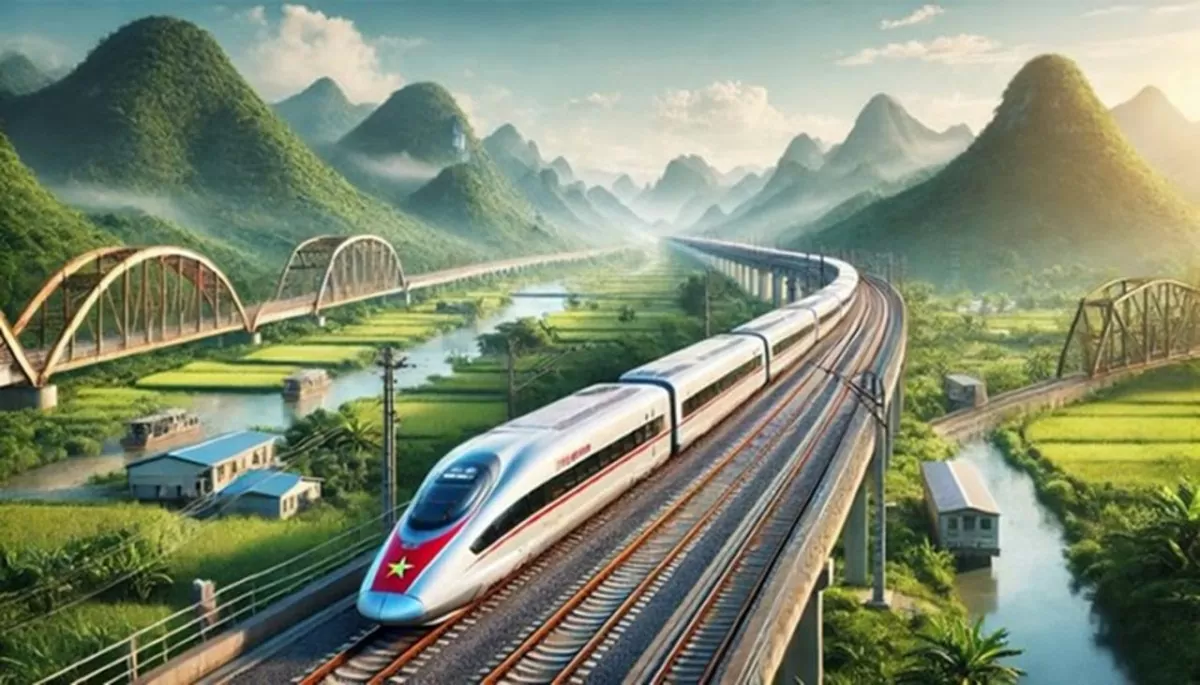 |
| Experts say Vietnam needs to learn from the experiences of other countries in the world to develop the railway industry. Illustrative photo |
To encourage and support the development of the railway industry, in the initial stages, governments of all countries focused on using budget capital to invest in infrastructure, purchasing the entire system (locomotives, carriages, information-signals, consulting services, design) with policies: Exemption from land tax and import tax for the first projects.
In addition, it is necessary to build a research and development foundation by establishing a scientific association and specialized research center with experimental equipment and software systems to analyze and calculate economic, technical and environmental factors.
According to Mr. Bui The Thanh, another issue that needs to be noted is choosing open-oriented technology, ensuring that the infrastructure can be exploited to connect the entire domestic railway network and with neighboring countries and create maximum conditions for the development of the mechanical, electronic and information technology industries.
According to Mr. Thanh, one of the first solutions for developing the railway industry in Vietnam is to build and perfect institutions and policies to attract investment to specify the prescribed contents on: Incentive levels, the highest level of support for the development of the railway industry.
“ There is currently no consistent system of legal documents for the development of the railway industry. Therefore, it is necessary to develop and promulgate legal documents on the development of the railway industry in a systematic manner ,” said Mr. Bui The Thanh.
At the same time, it is necessary to develop mechanisms and policies to remove obstacles in science, technology and innovation, especially in the high-speed railway and urban areas. The tasks to be carried out are to increase the autonomy of public scientific organizations, support enterprises from research results, accept risks in research, improve funding and allocation mechanisms, manage assets and scientific research results, provide tax incentives and develop strategic technologies.
To complete legal documents to promote railways, recently, the National Assembly Standing Committee basically agreed with the necessity of promulgating the Law; the draft dossier of the Railway Law (amended) basically ensures the provisions of the Law on Promulgation of Legal Documents, and is qualified to be submitted to the National Assembly for comments at the 9th Session of the 15th National Assembly. To continue perfecting the draft Law on Railways (amended) to be submitted to the National Assembly, the National Assembly Standing Committee requested the Government to direct research, supplement, clarify and note a number of contents. |
Source: https://congthuong.vn/thay-gi-tu-kinh-nghiem-quoc-te-ve-phat-trien-duong-sat-380290.html



![[Photo] Prime Minister Pham Minh Chinh chairs meeting to remove difficulties for projects](https://vstatic.vietnam.vn/vietnam/resource/IMAGE/2025/3/30/7d354a396d4e4699adc2ccc0d44fbd4f)
![[Photo] Ministry of Defense sees off relief forces to the airport to Myanmar for mission](https://vstatic.vietnam.vn/vietnam/resource/IMAGE/2025/3/30/245629fab9d644fd909ecd67f1749123)




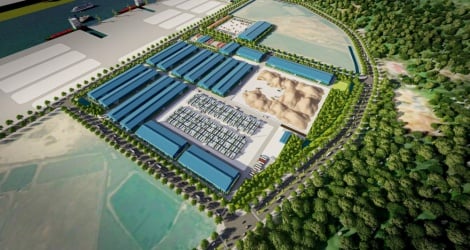

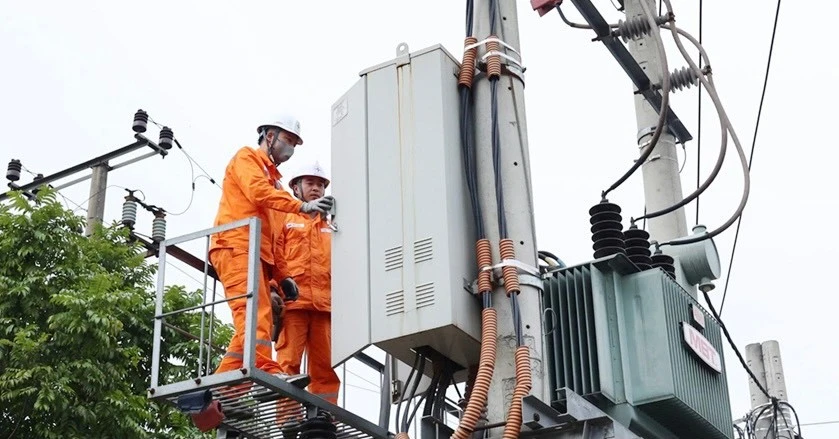

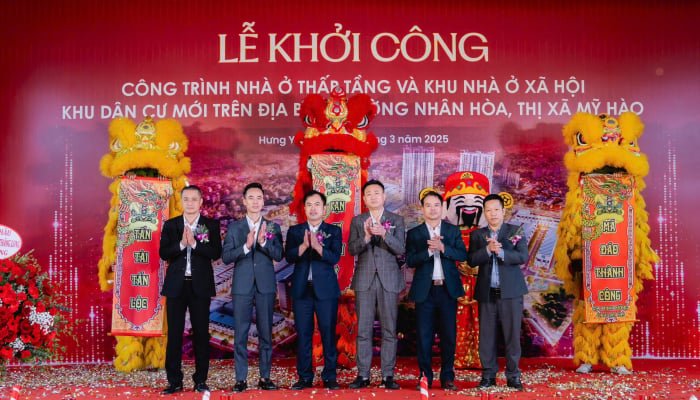





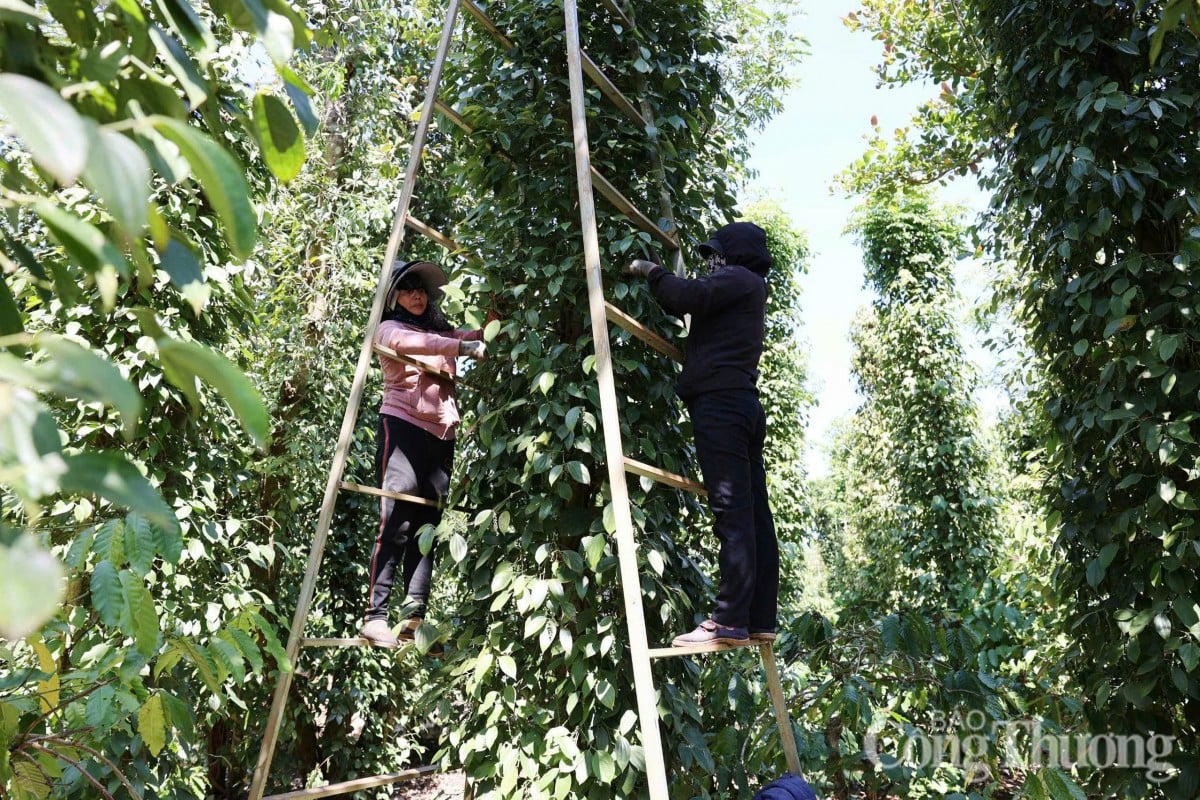



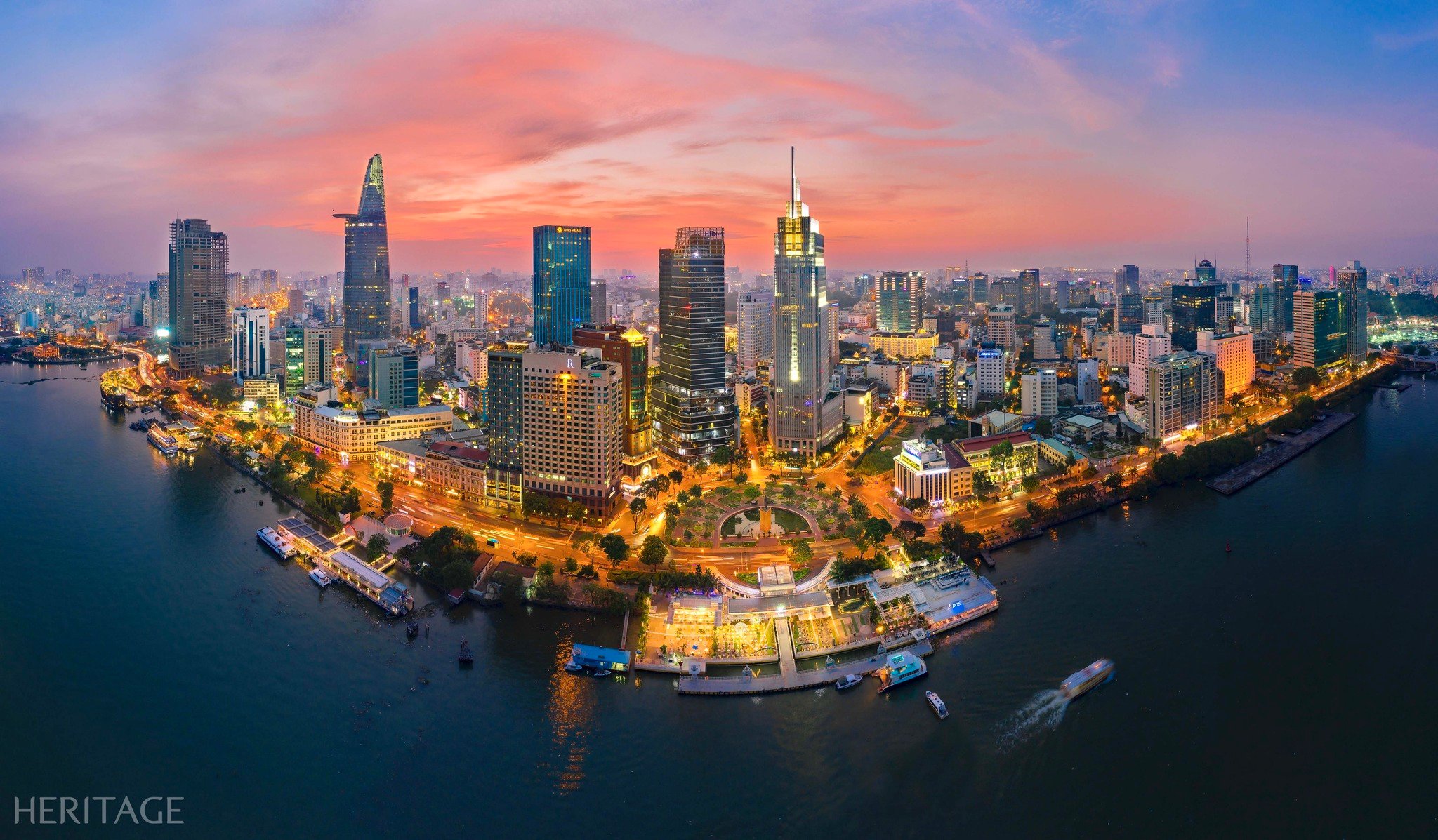
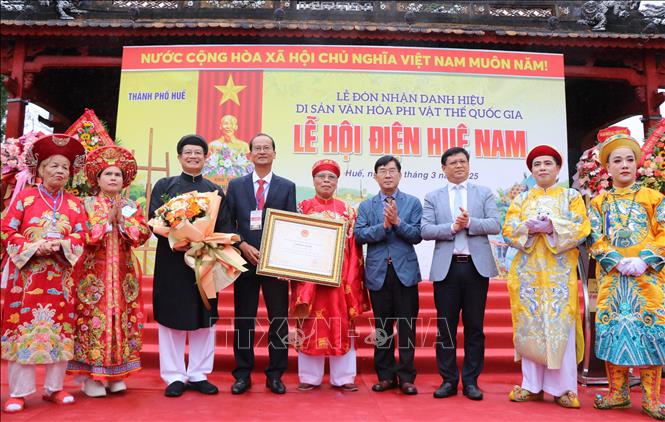

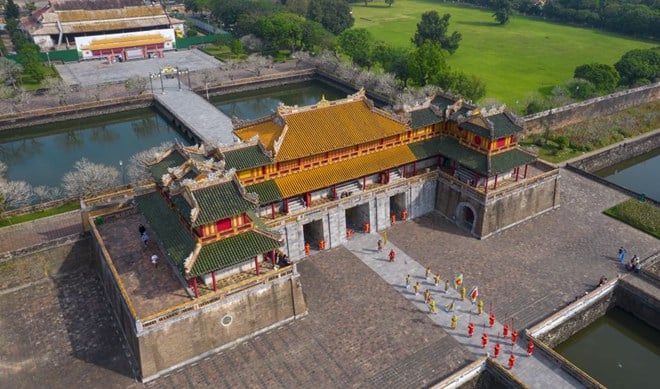







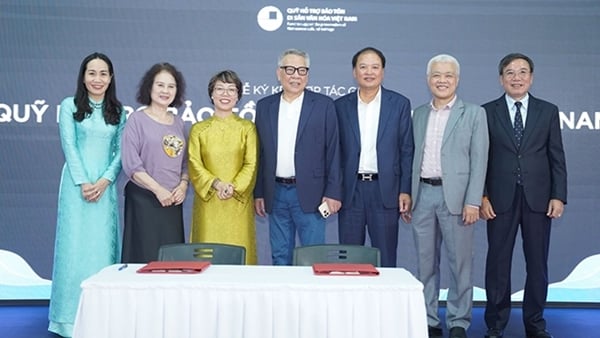
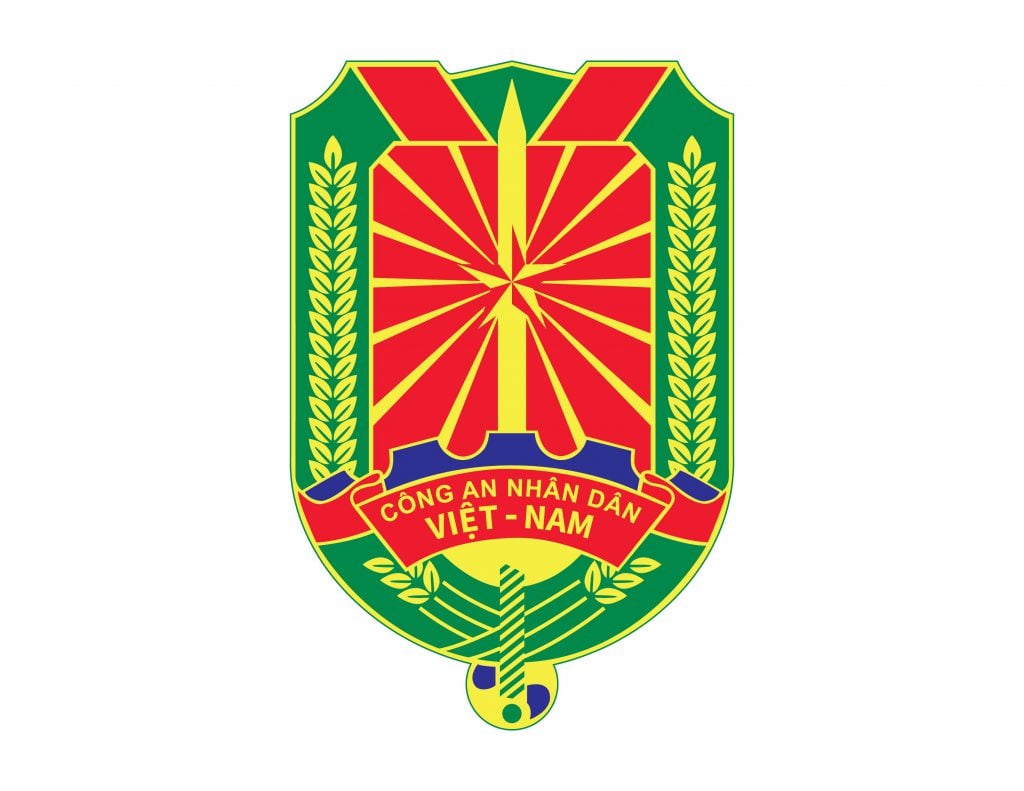
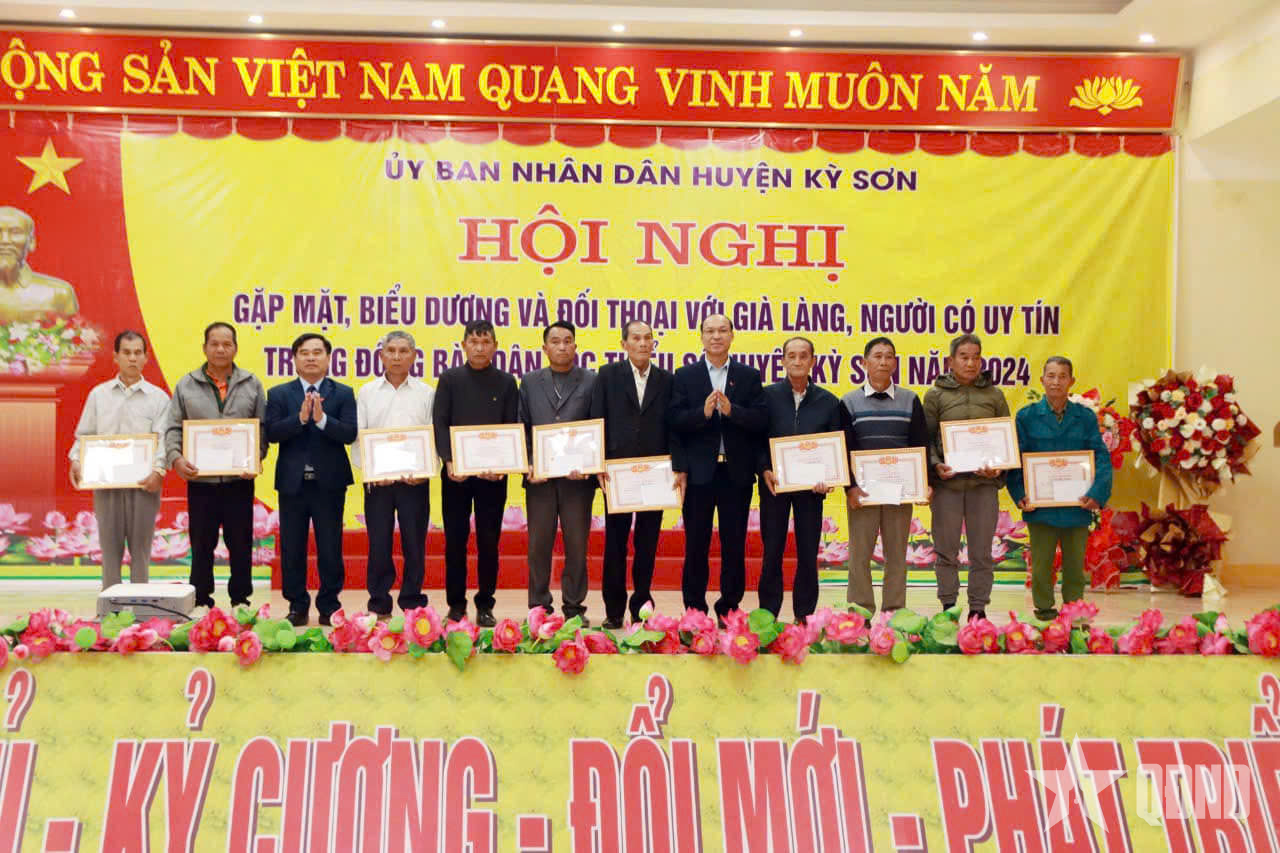





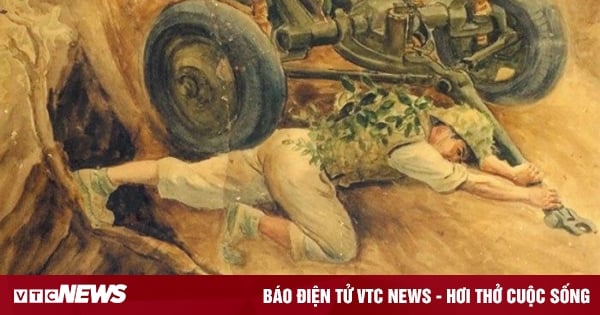











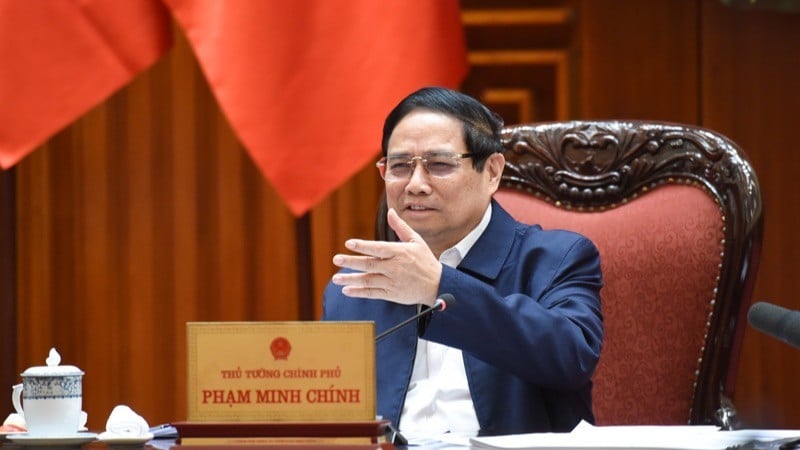

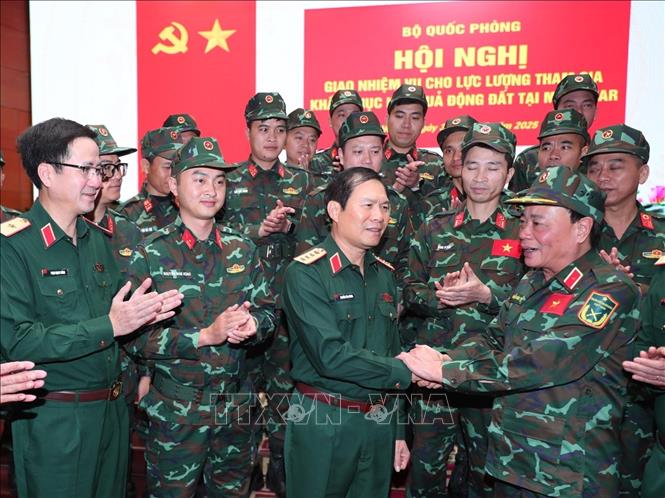

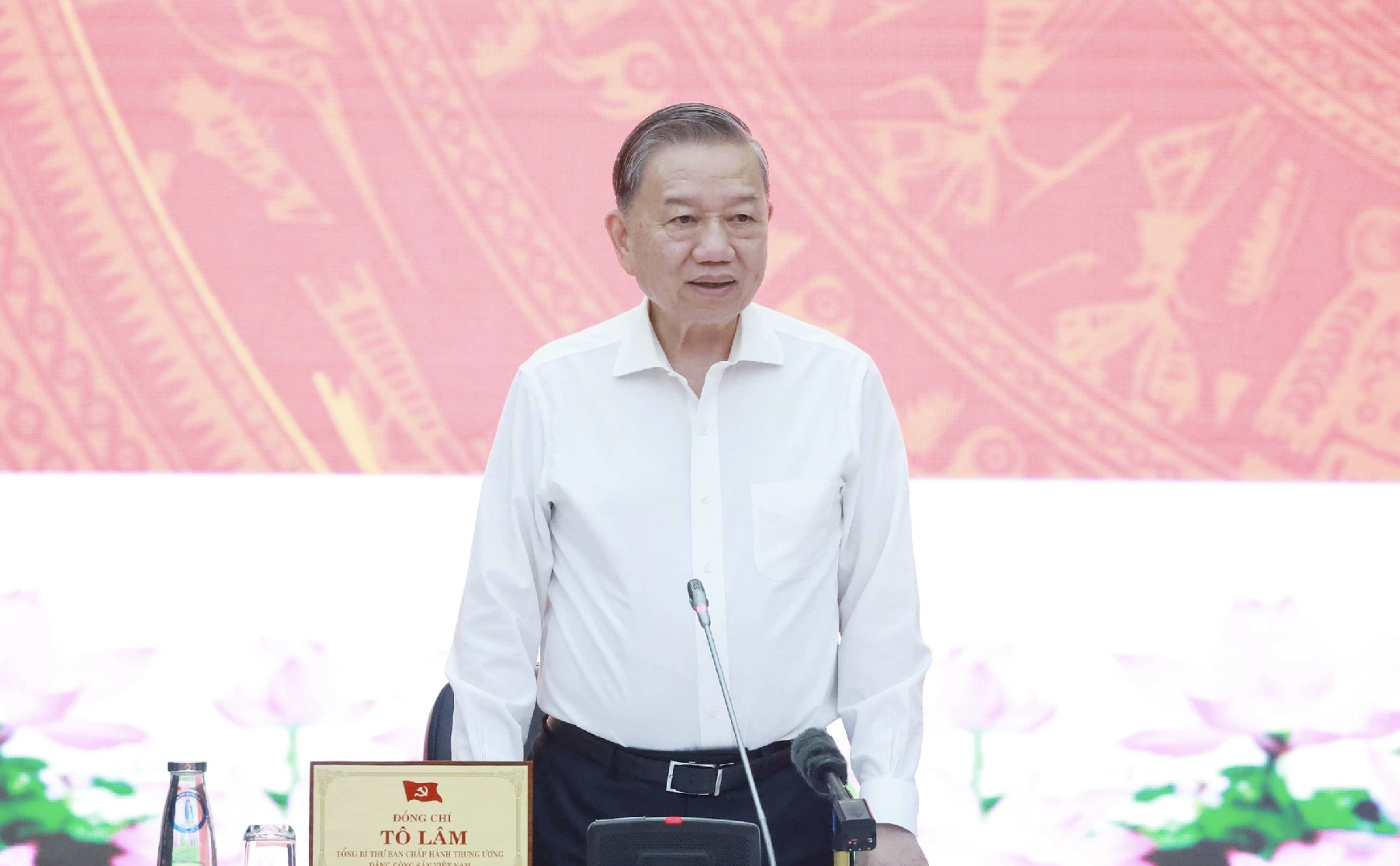





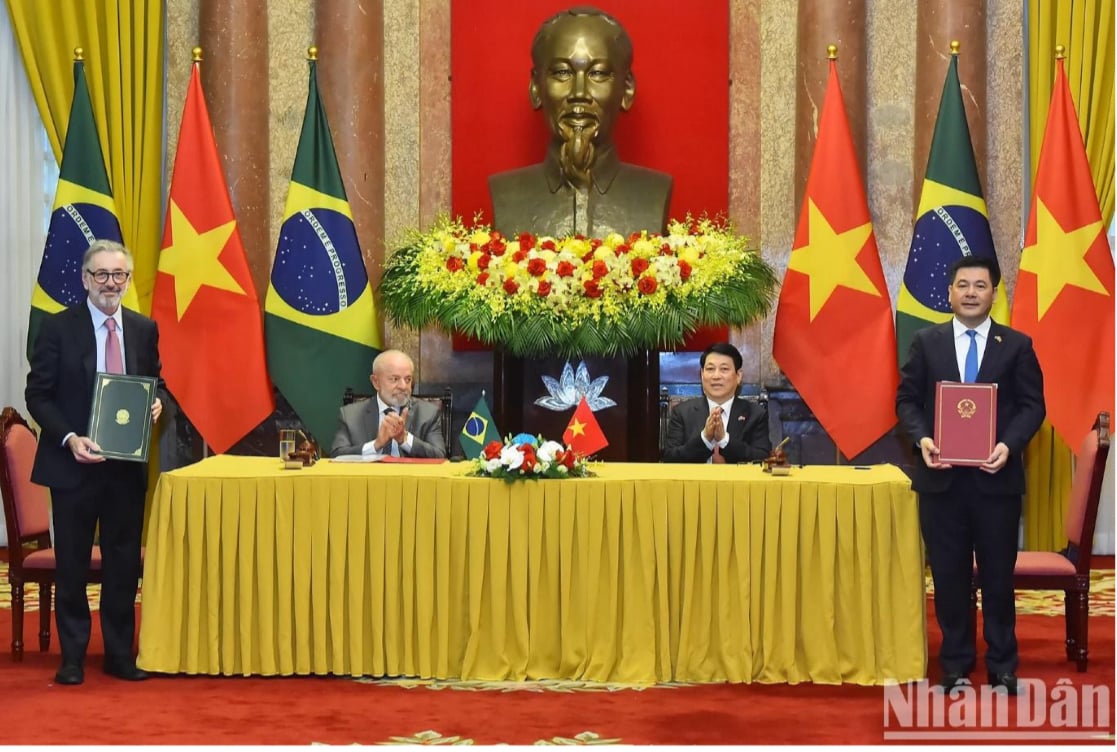






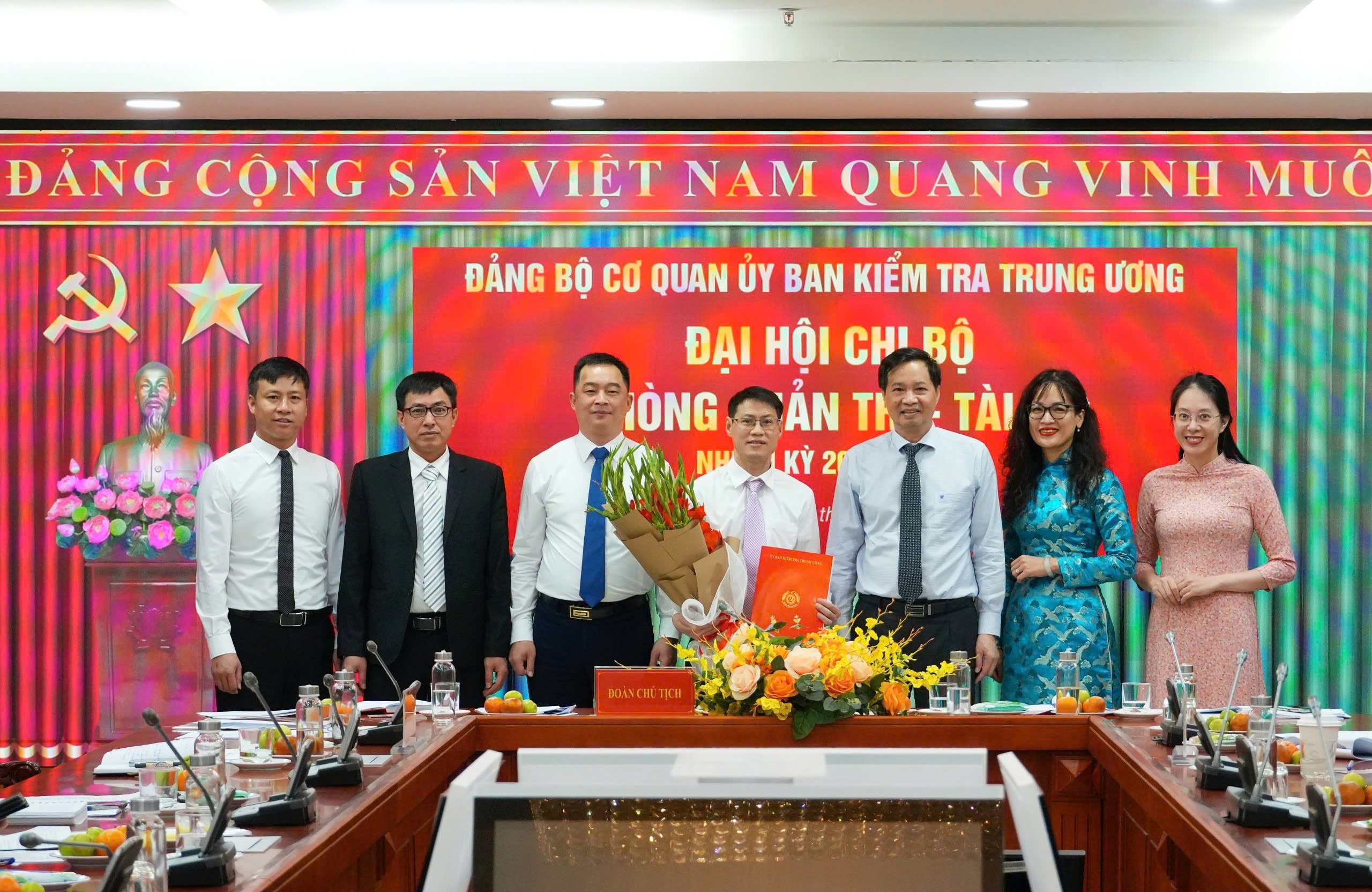
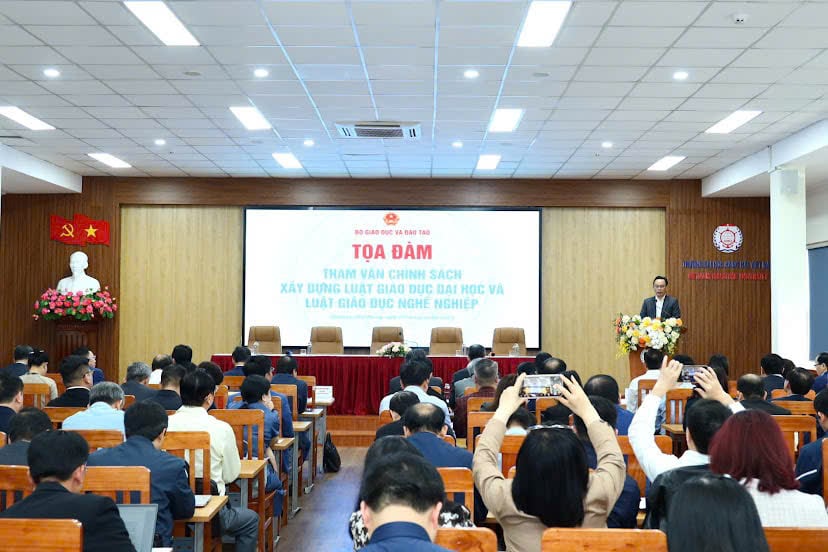

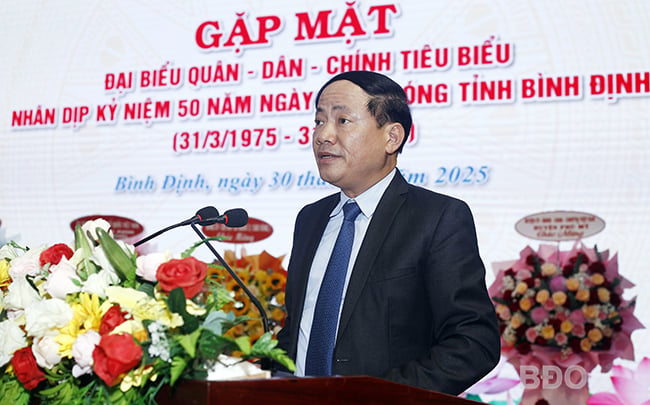

![[Podcast]. Always love buffalo... jackfruit leaves](https://vstatic.vietnam.vn/vietnam/resource/IMAGE/2025/3/30/1da4254329ba4bc79e0d9905dbc2a52b)



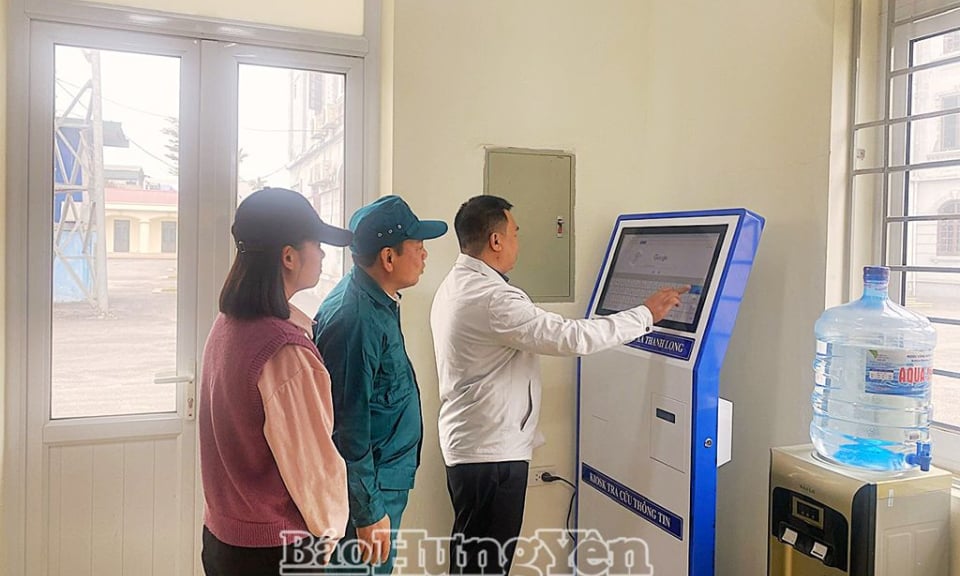


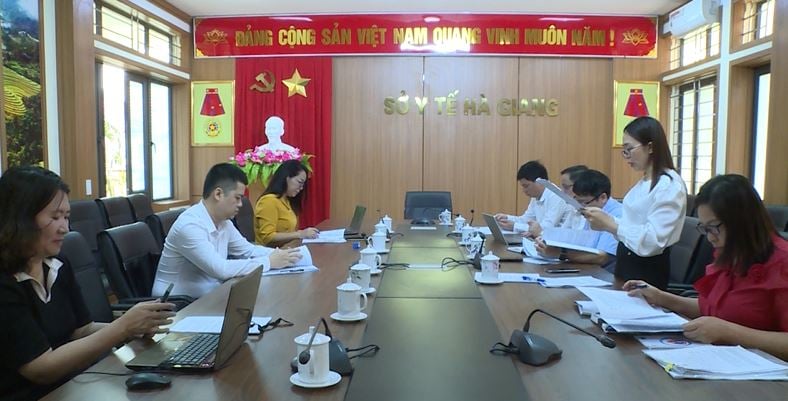

![[REVIEW OCOP] An Lanh Huong Vet Yen Cat](https://vstatic.vietnam.vn/vietnam/resource/IMAGE/2025/3/27/c25032328e9a47be9991d5be7c0cad8c)




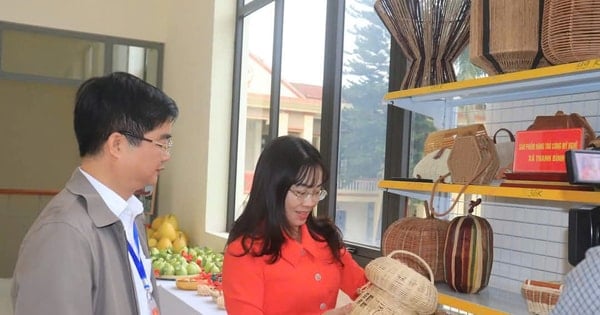
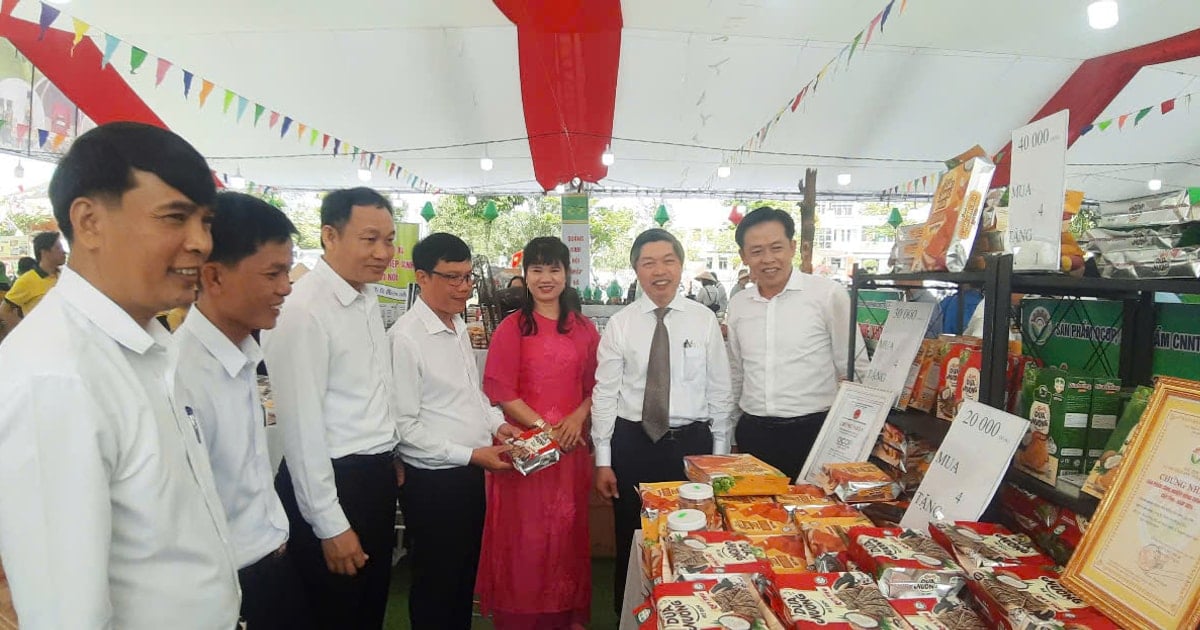

Comment (0)